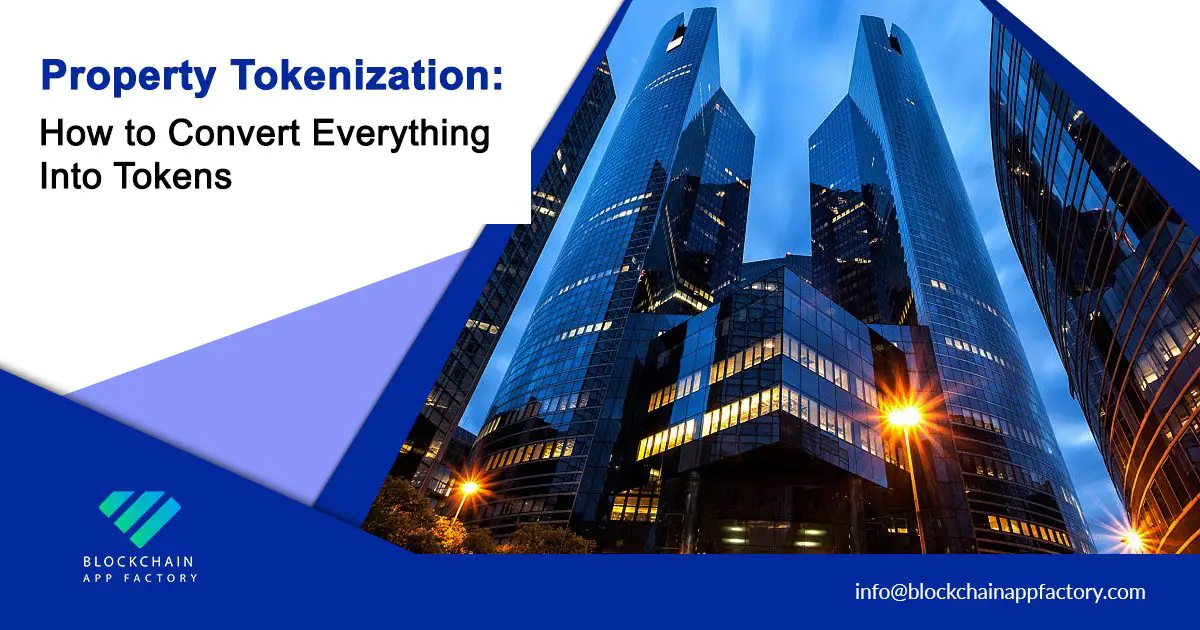From artwork to high-rise buildings, every asset has its unique value, and those assets pose a potential investment opportunity. When we talk about investment, it involves all of the interested parties or intermediaries, legal obligations, paperwork, and huge sums of money, before we set to close the deal transaction. All these things elevate the complexity of buying or selling an asset.
Slowly, the world is getting conquered by the existence of the web, as well as its range of activities. Internet connectivity enables humans to interact and come closer than ever before. The Internet doesn’t belong to any specific industry; its usage is felt across the world.
After the rise in popularity of online real estate property portals, there is quite a change in the way we search and choose the product before we hit the ground. Nowadays, the majority of property-related deals are executed using the internet. Also, people who are interested in buying or selling a property will share their details on the web.
There are a lot of advantages in the online property listing portal: Wider reach, time-saving, effective search results, etc. Still, the current model is unable to declutter and provide a solution to the key issues.
Key complications involved in the process of property transaction:
Let me explain with an example.
CASE 1:
Consider you want to invest in a real estate property, and you have USD 3000 for your investment purpose. If you want to purchase, you can need to buy the land or the property, which is defined by the seller. In the existing system, it is not possible to buy four or five square feet of the property, which equals your initial investment amount.
CASE 2:
In a reverse situation, you have an apartment and want to raise a small amount for some purpose. Most often, we tend to go for bank loans using that property as collateral. In such a case, you need to submit the complete ownership of the property worth $200,000 for just $30,000.
Do you know even without going for a bank loan, you can still raise the fund you need?
For both cases, as mentioned above, tokenization is the solution. Asset tokenization is set to fundamentally change the way we invest. It is going to disrupt many industries around us, mainly the financial sector.
In this article, you will learn about what is tokenization? Difference between utility tokens and security tokens? What are the benefits of tokenization? How to tokenize an asset? And, what are the challenges in tokenization of assets?
WHAT IS PROPERTY TOKENIZATION?
Tokenization of an asset is a process of converting physical ownership rights into digitally tradeable tokens using the underlying blockchain technology. It is a similar process of securitization, with a modern twist.
These security tokens could represent a share in a company, ownership of a piece of a property, or participation in an investment fund. These security tokens can be traded on the secondary market.
BENEFITS OF TOKENIZATION:
Property tokenization offers the potential for a more efficient and fair financial world. It reduces the friction in the creation, buying, or selling of assets in the existing system. Here are the four key advantages of tokenization:
Greater Liquidity:
Real estate is a traditional illiquid sector; large investment projects are not accessible to average investors. By tokenizing assets like real estate, fine arts, precious metals, etc. one can get access to liquidity, and those who buy these shares trade can trade it in a secondary market.
Faster and Cheaper Transactions:
Every transaction data is stored inside the chain of blocks, and it is immutable, so it cannot be reversed. Most importantly, with the help of smart contracts, a series of processes are automated. This automation reduces the administrative burden and limits the involvement of intermediaries. It means lower transaction rates and faster execution of the deal.
Transparency:
All the legal rights and responsibilities of both the buyer and seller are embedded directly on to the immutable token, so there is larger transparency in the transaction. Anyone who owns the token can see the history of details about the particular token without the need for any specialized software.
Accessibility:
Digitized assets are highly divisible. Thus, it opens the opportunity to average investors to own a share even in large-scale commercial property investment. Unlike traditional asset ownership, there are no territorial barriers to buy or sell an asset. It is traded in the asset exchanges 24×7 globally, without any regulatory limits.
UTILITY TOKEN VS SECURITY TOKENS
More often, people get confused between utility tokens and security tokens. There is a preconceived notion that it is a complicated concept to understand, but they are quite easy to understand.
Utility Token:
The utility token is a simple crypto coin or token which enables the owner to access the products or services offered by an issuer company. These tokens are most often given during Initial Coin Offering (ICO) fundraising or other crowdfunding processes. It is not created to be a part of an investment.
Security Tokens:
The security tokens are a digital asset that its value is equal to the real-world asset. Unlike ICOs, security tokens are legalized in a few countries. In the USA, the tokens are subject to federal laws and regulations. It is primarily created to raise investment. If the issuer company makes a profit, the token owners will be given dividends.
Howey Test:
To legally differentiate both the tokens, they have to pass the Howey test.
The test basically consists of two questions:
- Are the token holders allowed to provide funding for the company’s capital and receive a portion of the profits?
- Does the fundraising effort of the ICO entail investment in the project where profits are generated entirely from the effort of individuals other than the creators or founders of the project?
If the answer is YES for both the question, then it is considered as a security token.
HOW TO TOKENIZE TRADITIONAL ASSETS?
For the tokenization of real-world assets, one needs to identify and access the value of the illiquid asset and create as many digital tokens as required. The combined value of all the tokens should be equal to the value of an actual asset. The released tokens can be traded in exchanges or through direct sales.
If you want to raise funds through tokenization, reach out to Blockchain App Factory, an expert grade white-label asset tokenization platform in the USA and UK. They have experience in providing a wide range of blockchain-based solutions.
Currently, custom-made Ethereum and Stellar blockchains are the top choices in tokenization.
Before, you finalize on the development service provider, make sure the following features are part of token development:
- End-to-end platform development
- KYC and AML Service
- Unique identification tokens
- Automated smart contract compliance
- Payment gateway setup for both crypto and fiat currency
- Lifecycle management
- Whitepaper creation
- Legal Compliance
- Digitized reporting system to regulatory authorities
CHALLENGES IN TOKENIZING THE ASSETS:
Any innovation encounters challenges when adapting it to the real world. When something like blockchain which has the potential to disrupt the existing system, it is obvious to face some problems before entering the mainstream.
One of the major obstacles revolves around both domestic and international regulatory systems. As security regulations in every country have never encountered any big challenges due to technology, it is quite challenging to accept and adapt the whole new system into the existing one.
The primary threat to this technology is if the regulatory system dilutes the freedom and transparency of international exchanges and 24×7 global transactions, then there is no way to realize its full potential.
Though there is an uneven and biased approach towards tokenization, there are signs that the market is adapting to the new token economy.
Beyond, regulatory framework, there are some serious issues that need to be addressed at the earliest. For example, if you own 10 precious stones and out of that 4 precious stones are stolen. What will happen to the value of such tokens? If such crucial questions are answered, the token economy will flourish, and it will increasingly present across the finance industry.
Integrating Token Economy Into the Financial Institutions:
Here are the three areas to consider:
- Business Model
- Cybersecurity
- Jurisdiction
Business Model
Before the market attains maturity, the financial institutions will have to figure out a way and its role in this tokenization system. They may act as a safe keeper of the tokenized assets or regularize how tokens are created. They could also act as a central distributor facilitating the token access.
Cybersecurity:
With the increasing digital transaction and rise in popularity of Bitcoin and other cryptocurrencies, tokens are targeted by cybercriminals. While the distributed ledgers provide a high degree of security, there is still a lot of scope for improving security standards.
Jurisdiction:
As we all know, different jurisdictions have different regulatory frameworks; the lawmakers have to create a system that ensures tokens remain compliant both in issuers and investors jurisdictions.
CONCLUSION:
As the tokenization of assets enables cheaper, faster, secure, and 24×7 transactions. This opens up the world of cryptocurrencies and inaccessible real-world assets to the people who want to invest without any geographical boundaries or financial restrictions.










